Climate change skeptics thought they’d found their aha moment: the Earth’s warm-up seems to have paused in the last 15 years, even while emissions of carbon dioxide, a major greenhouse gas, spike. Ergo, human-made emissions couldn’t be responsible for global warming, could they?
Oh yes they could, says a study coauthored by Pierre Perron, a College of Arts & Sciences professor of economics. He and two Mexican colleagues, using statistical analysis techniques Perron developed, have determined that a treaty having nothing to do with curbing climate change did just that. The 1987 Montreal Protocol, signed by the United States and almost 200 other countries, phased out chlorofluorocarbons (CFCs), human-made chemicals used for such things as aerosol sprays. CFCs were found to be carving a hole in the Earth’s ozone layer, which shields us from ultraviolet radiation. That move, according to Perron and his colleagues, was one of several factors behind the recent “hiatus” in warming temperatures.
Their study, published online last month by the journal Nature Geoscience, shows that climate change skeptics “were looking at the wrong gas,” focusing on gushing CO2 emissions while ignoring the drop in CFCs mandated by Montreal, Perron says. Temperatures would have soared further in the last 15 years “but for these components that counteracted the increase in CO2.”
That the Protocol is hugely responsible for the climate-change hiatus is “not 100 percent, but it is a likelihood,” making multination climate change talks like the just-concluded, and inconclusive, conclave in Warsaw all the more important, Perron says. Bostonia recently spoke with him about his study.

The 1987 Montreal Protocol banned chemicals called CFCs in order to plug a hole in Earth’s protective ozone layer, seen here at its largest recorded size in September of 2006. Image courtesy of NASA
Bostonia: How did you get interested in global warming?
Perron: As a concerned citizen, I have always been interested. I started reading a few papers. I saw these are trend issues. The issue is “radiative forcings”—like CO2, greenhouse gases—and whether they follow the same trend as temperatures. One of the big ones, which we document, is a major increase in the rate of warming since 1960. It tripled. But there’s this issue about the hiatus. We look for change in the trends of some of the radiative components, and CFCs were the big ones that came out, because the Montreal Protocol was one of the most successful international treaties. CFCs actually started decreasing.
Coresearcher Francisco Estrada emailed me and said, “I’d like to invite you to work with us.” I invited them to BU for a week and we started working together and clicked like magic—just great collaboration. So we’ve been working for about two years on this project and a couple of others in the pipeline.
How far back did you track the warming and cooling trends?
We went back to the 19th century, but not much is going on during the 19th century. The data is less reliable, so all the action is in the 20th century.
Do you have a policy prescription going forward?
My opinion is not based on the work that I did. It’s an educated opinion. We need to realize that this Montreal Protocol effect is going to be very short. It’s little compared to CO2, because CO2 is continuing to rise. My suggestion is a carbon tax to diminish consumption. And use the tax revenue to subsidize alternative energy sources and in research and development for alternative sources.
I’m from Montreal. We are used to higher taxes. Many Americans don’t like taxes, but they should not view it as a tax. They should view it as not having to pay much, much more later, because the cost will be enormous.
Have you and your colleagues heard from any climate change deniers who have said, “We don’t believe you” or that they might be open to persuasion?
Not yet. It’s a little bit early. They have to digest the statistics behind it. This is science. So we are open to correction. I’m not into politics.
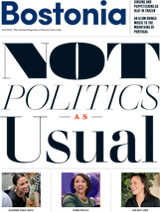

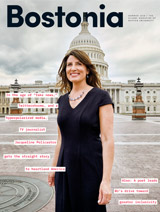


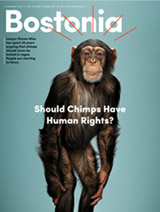


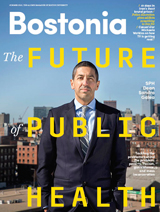

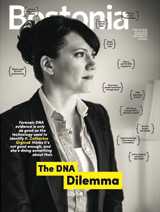
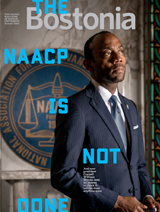


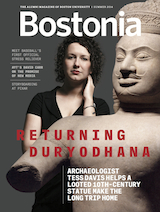





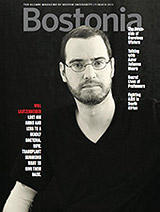

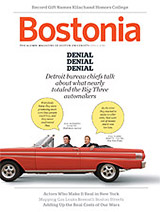
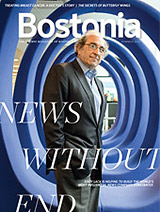
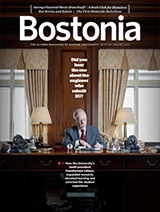





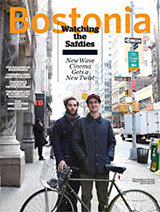









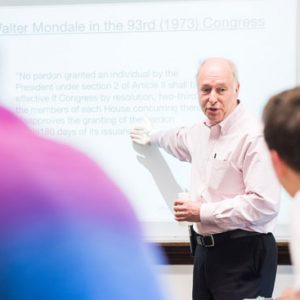





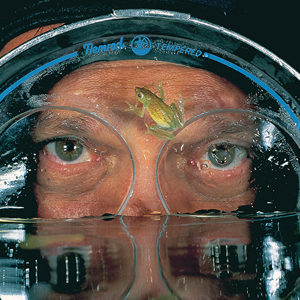


Please stop using the word ‘deniers’ to describe scientists who hold different, but valid, viewpoints. Would you say that a scientist who does not believe that there is water on the moon as a ‘Moon Water Denier’?